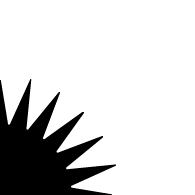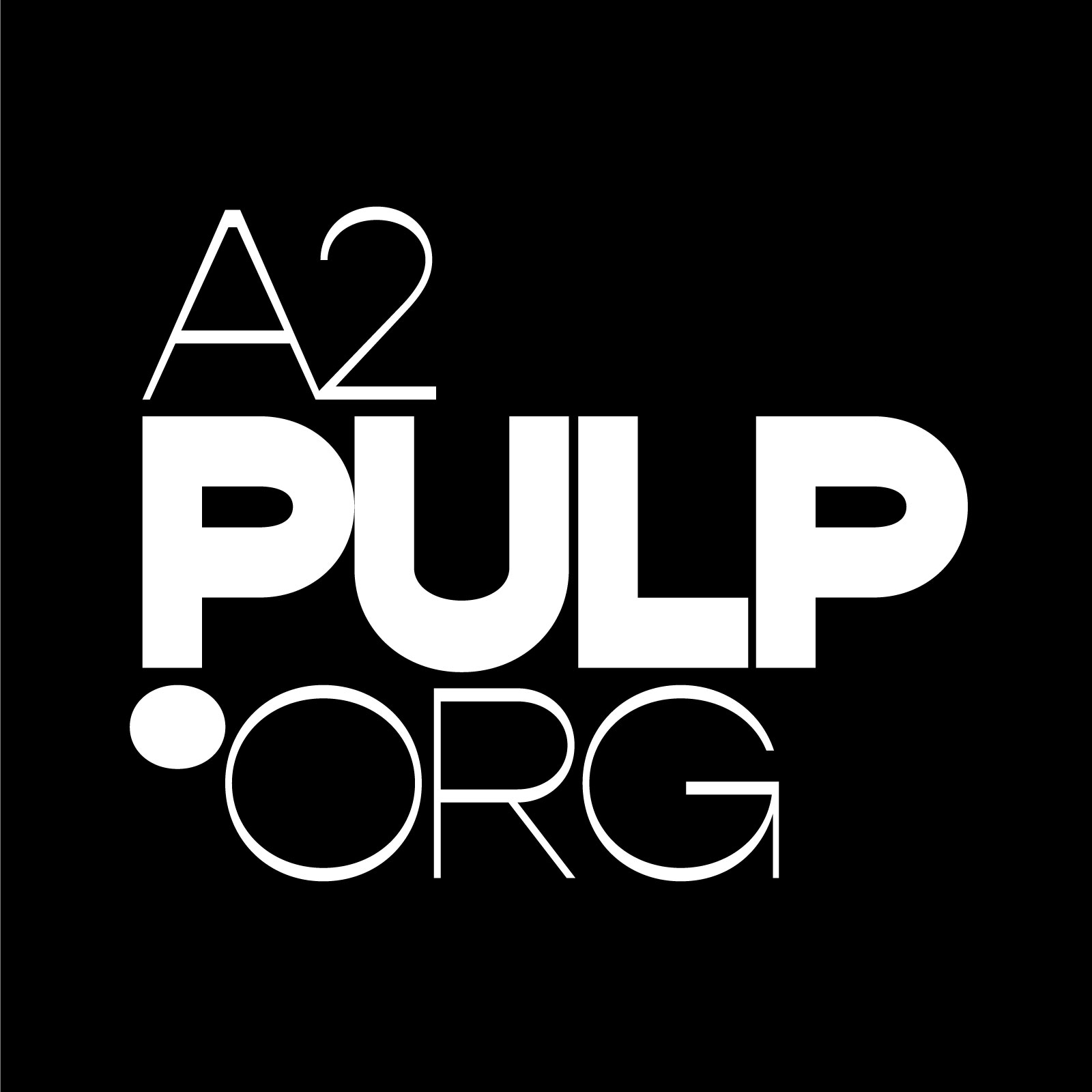Tools Crew Live: Mark Kirschenmann & Adam Shead
Downloads:
➥ MP3 for "Behind the Sky"
➥ 720p video
Tools Crew Live is an ongoing video series where we invite artists to perform with gear borrowed from the Ann Arbor District Library's Music Tools collection: aadl.org/musictools.
The most common use for effects pedals in AADL's collection is to change the sound of electric instruments, such as guitars and keyboards -- not acoustic gear, such as trumpets and drums. But there's nothing common about the music of Mark Kirschenmann, PhD. He's been experimenting with changing the tone of his trumpet through electronics since the '70s after he heard Miles Davis' electro-jazz-funk classic On the Corner.
Kirschenmann is a U-M lecturer of jazz and contemporary improvisation, and he also leads the music school's Creative Arts Orchestra, which includes drummer Adam Shead, a grad student at U-M studying "cultural memory, tradition, and narrative in improvised music communities." Shead augments his standard drum setup with electronics and straight-up knick-knacks, such as a dishtowel or his wallet, so he can explore different tonalities on his kit.
Together, Kirschenmann and Shead combine their extended techniques -- such as playing the trumpet without a mouthpiece or putting a leg on the snare drum -- to create an improvised universe of sound.
We talked to the duo about why they began applying electronic effects to their acoustic instruments, Kirschenmann's use of AADL music tools in his classes, and the stories behind the two songs they recorded for us in the library's Secret Lab on April 20, 2017.
Downloads:
➥ MP3 for "Food Coma"
➥ Sheet music for "Food Coma"
➥ 720p video
Q: Tell us about how you guys started incorporating electronics into your setups?
MK: After hearing Miles Davis' On the Corner, I started using a wah pedal on my trumpet in high school during the '70s. And I got to see him live with his Agharta band. At that time I was also headlong into Jimi Hendrix's Electric Ladyland and Morton Subotnick's Silver Apples of the Moon, etc. So, I started with a wah pedal and kept adding on: a pedal-based setup using distortion, flanging, uni-vibe, delay, reverb, harmonizing, etc. Jon Hassell's use of a harmonizer has been a big influence for me as well. Now I also have a laptop setup for playing into plug-ins and MIDI.
AS: I became interested in the use of electronics when I moved to Chicago in 2011 and developed an infatuation with drummer Frank Rosaly's solo project MilkWork. Rosaly opened my mind to not only the possibilities of the acoustic trap kit but the possibilities and almost endless capabilities of electroacoustic drumming. It was Rosaly's influence along with the work of composers Alvin Lucier and Pauline Oliveros that brought about a love and pursuance of electroacoustic work. I am also very interested in resonance, sonority, hoping to develop a further understanding of the sonic qualities of percussion instruments that occur during the attack and decay of a single percussive stroke, electronics provide a way to elongate or freeze time, allowing me to observe these sonic phenomenon with much more clarity.
Q: Mark, you told me you check out Music Tools for your classroom. What are some of the things you've used?
MK: I have used many of the instruments in the AADL collection for my electronic music course at U-M. The Moog Theremin and Theremini are representative of one of the most important electronic instruments of all time. And you can play with it without touching it! The Korg Monotrons are a great resource for learning about what an oscillator can do. And the Pittsburgh Modular Cell 48 is very useful for learning how to use a patch bay to connect various filters and oscillators. These instruments use analog circuitry and are therefore not as well known to my current students of the digital age. It's important that they touch these instruments and learn to make sound with them. On the digital side, I've brought in the Korg Volca Beats, Bass and Keys and gotten them synced-up for some in-class jams. I've also brought in several pedals from the AADL collection to demonstrate distortion, overdrive, flanging, reverb, delay, and looping. And the Circuit Bent Omnichord is a joy!
Q: What led you to choose the gear you did for the videos?
MK: The pedals I choose from the AADL collection for the videos were all new to me, so I was curious to try them out. The Electro Harmonix Deluxe Big Muff Pi, OCD overdrive, and MXR Phase 90 sounded sweet together, and the Strymon Big Sky reverb is top shelf!
AS: The Line-6 DL-4 is a mainstay pedal and has been used by guitar and electronic visionaries for years; it's a testament to the pedal's craft. The remainder of my setup are includes low-grade, pawnshop pedals. A grad-student budget dictated my setup, I suppose.
Q: Tell us about "Food Coma."
MK: I went back and did the math for “Food Coma” and it's actually a 53 beat melody/riff notated in 16 bars. I wrote it about two years ago and have been looking for a good opportunity to try it out. I love the trumpet/drums duo format and playing with Adam is such a blast. For this performance, we agreed that I'd hold the melody down for at least two passes before letting it dissolve and that Adam could freely play with/without it. Then, I fade it back in one last time. There's no musical cryptogram in the melody, no serial or Fibonacci games going on. It came from my ear, I heard it. For this performance, I pitch-shifted the line down two octaves and distorted it a lot.
Q: What's the origin of “Behind the Sky”?
MK: “Behind the Sky” is a melody I've had around for awhile. I play it very freely out of time and in different octaves. It's in a symmetrical, octatonic scale that contains four dominant 7th and diminished 7th chords, which I use freely for improvising. The scale also enables the melody to be transposed or modulated onto four different scalar pitches while maintaining intervallic integrity. So, any of those four notes could be the root or tonic.
AS: While both compositions were written by Mark, I feel comfortable in saying that the composition acts as a foundation for improvisation, allowing us as performers to move as far away or as close to the written material as the music calls for. This type of melody-based foundation is reminiscent of the improvisational theory of harmolodics, coined by the late Ornette Coleman. Due to Mark and I's diverse musical backgrounds -- ranging from punk to jazz to contemporary classical -- we are able to take a melody that may be considered "jazz" in nature and transform it beyond stylistic differentiation.
Music Tools on "Food Coma" and "Behind the Sky":
➥ Line 6 DL4 delay pedal
➥ Electro Harmonix Deluxe Big Muff Pi distortion pedal (not circulating yet)
➥ MXR Bass Fuzz Deluxe distortion pedal (not circulating yet)
➥ Seymour Duncan Pickup Booster Hi-Def Boost & Line Driver (not circulating yet)
➥ MXR Phase 90 pedal
➥ Fulltone OCD overdrive pedal
➥ Dunlop Cry Baby Wah pedal
➥ Strymon Big Sky reverb pedal (not circulating yet)
➥ Additionally, Kirschenmann used his own Digitech Whammy pedal and an Ernie Ball volume pedal.
Other Tools used to create the videos:
➥ Chauvet DJ Intimidator Spot Led 150 lights
➥ Chauvet DJ Rotosphere Q3 lights
➥ Chauvet Abyss lights
➥ IKAN FLY-X3 PLUS Smartphone Gimbal Stabilizer
Christopher Porter is a library technician and the editor of Pulp.
Mark Kirschenmann's music can be found at CDBaby, iTunes, or Spotify. Adam Shead's work can be heard at adamsheadmusic.bandcamp.com. The Creative Arts Orchestra will perform a free concert on November 16 at 8 pm in Earl V. Moore Building's Hankinson Rehearsal Hall, 1100 Baits Dr., Ann Arbor.


































